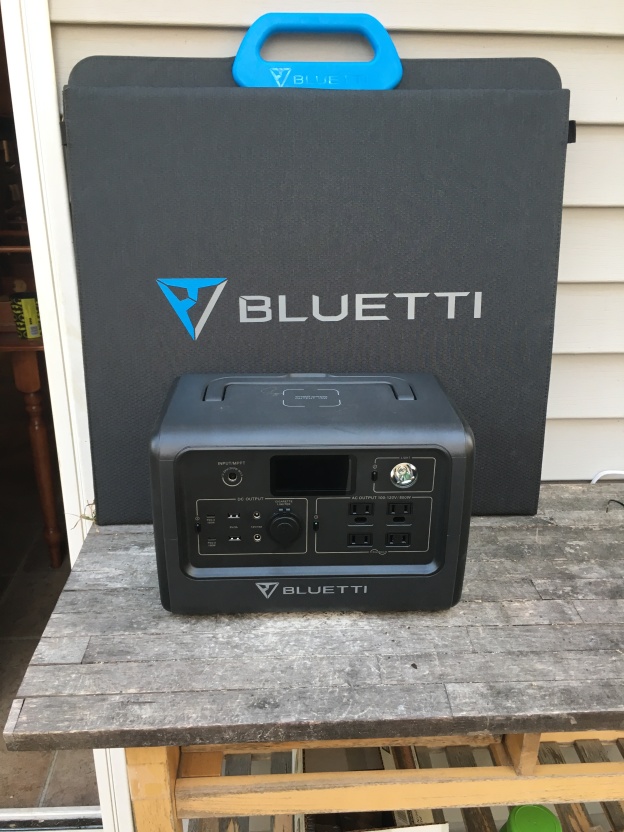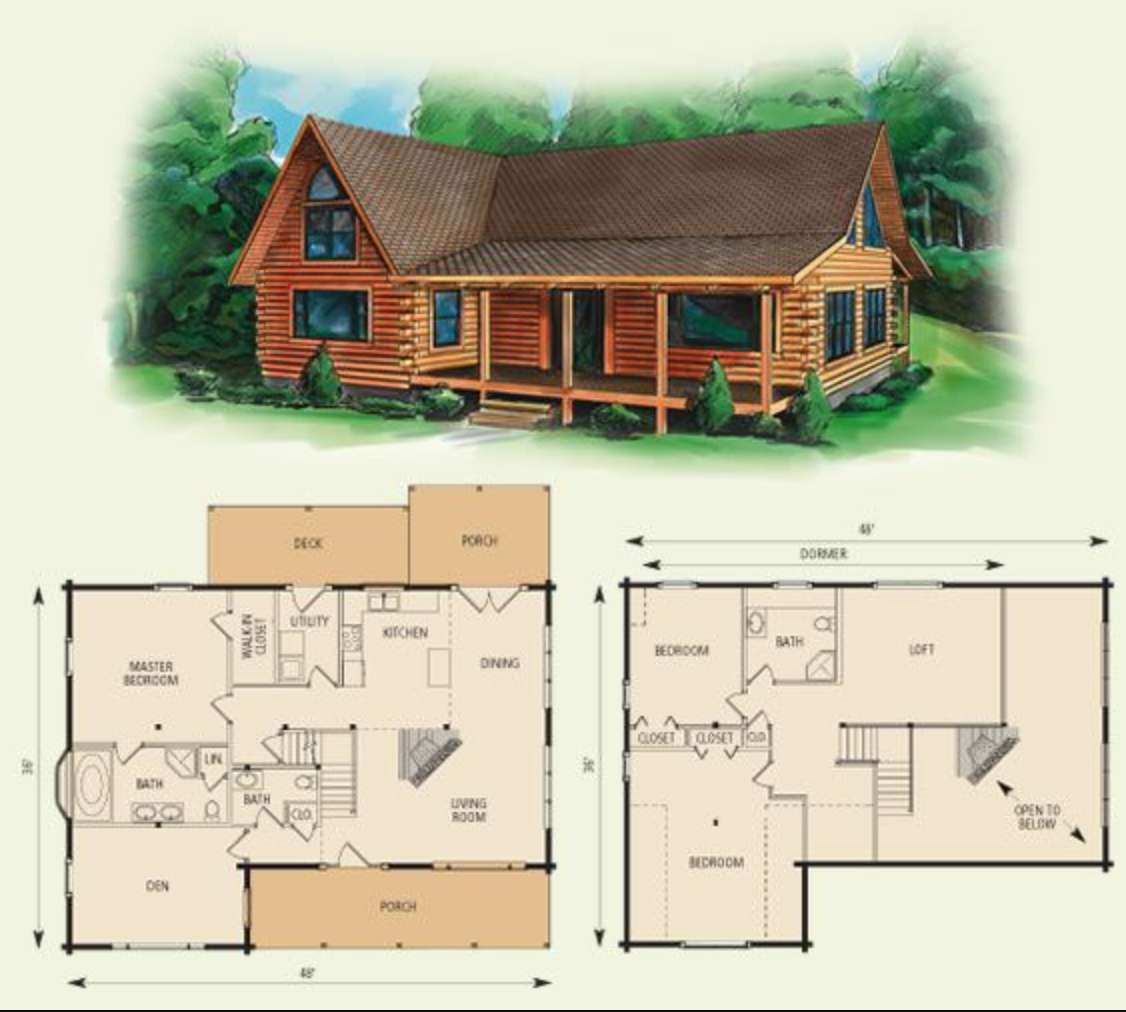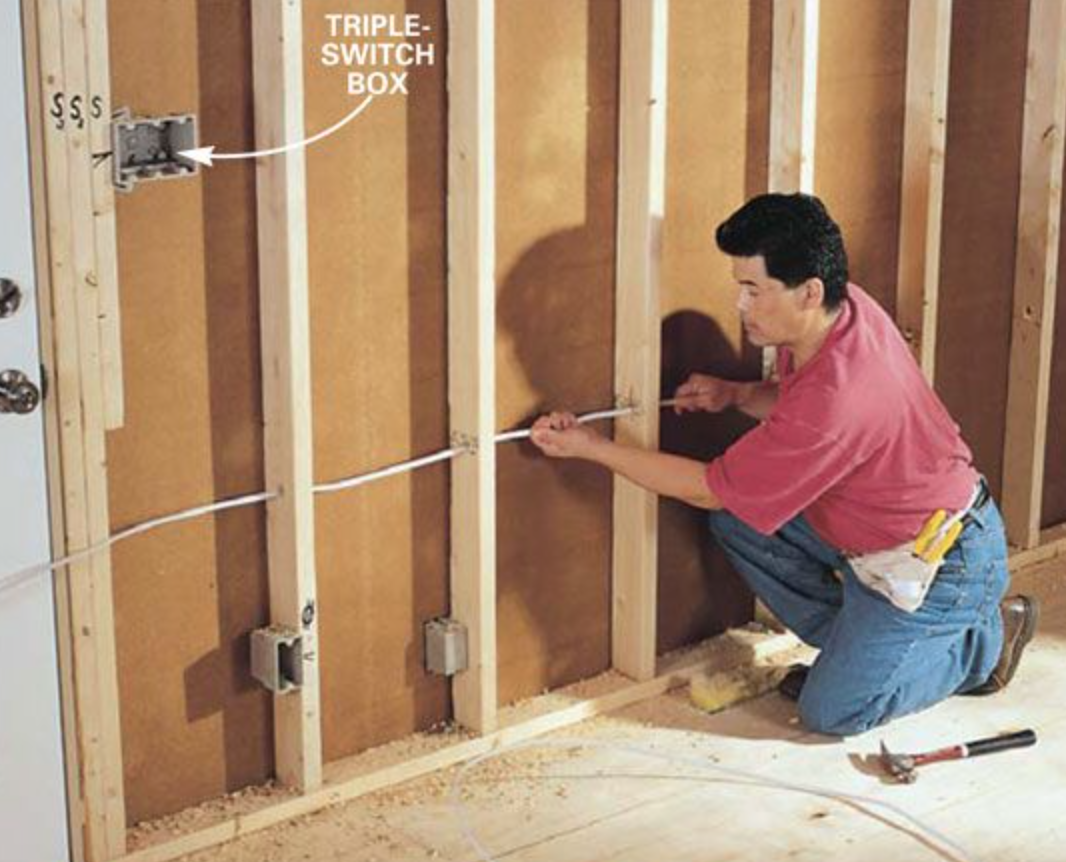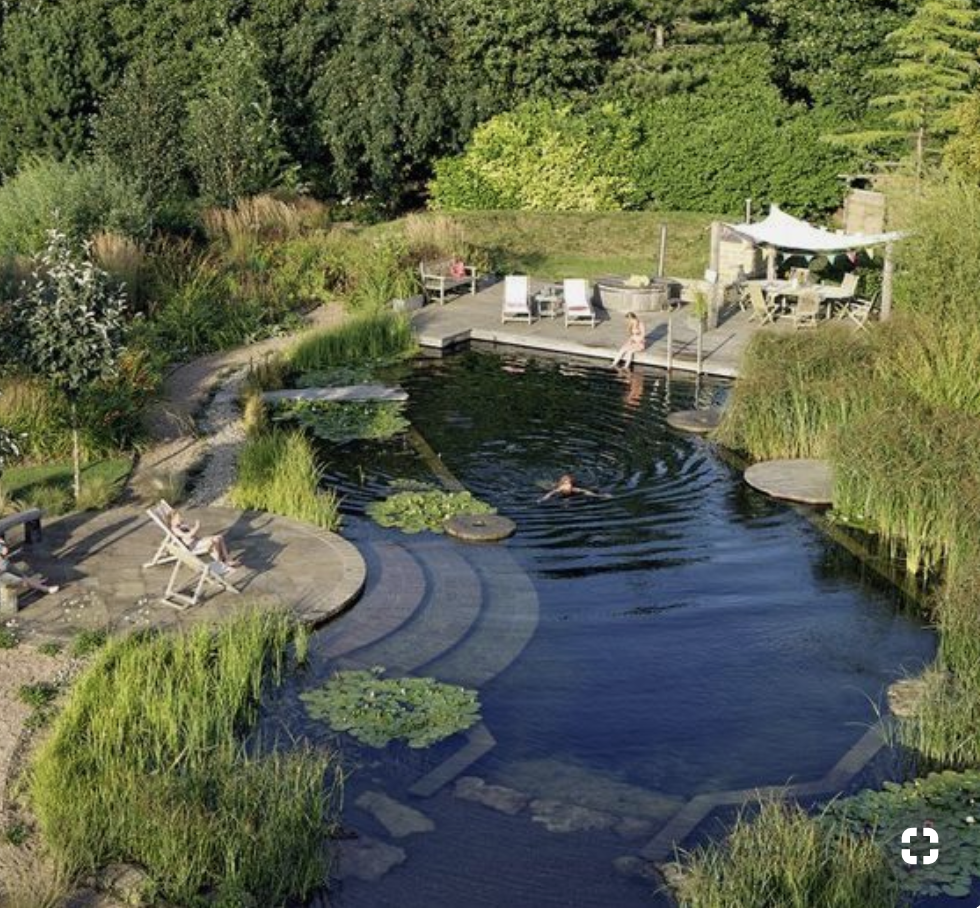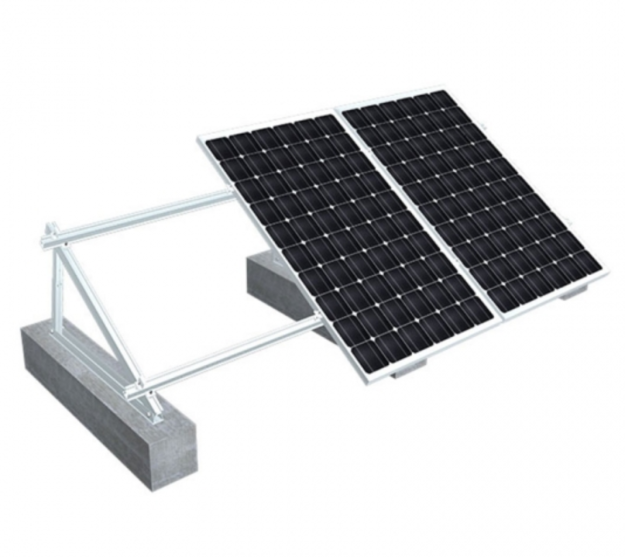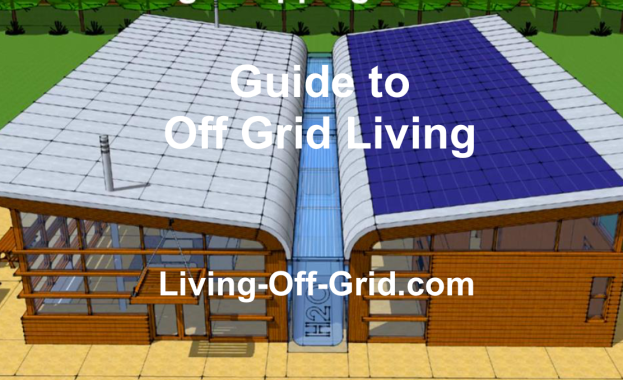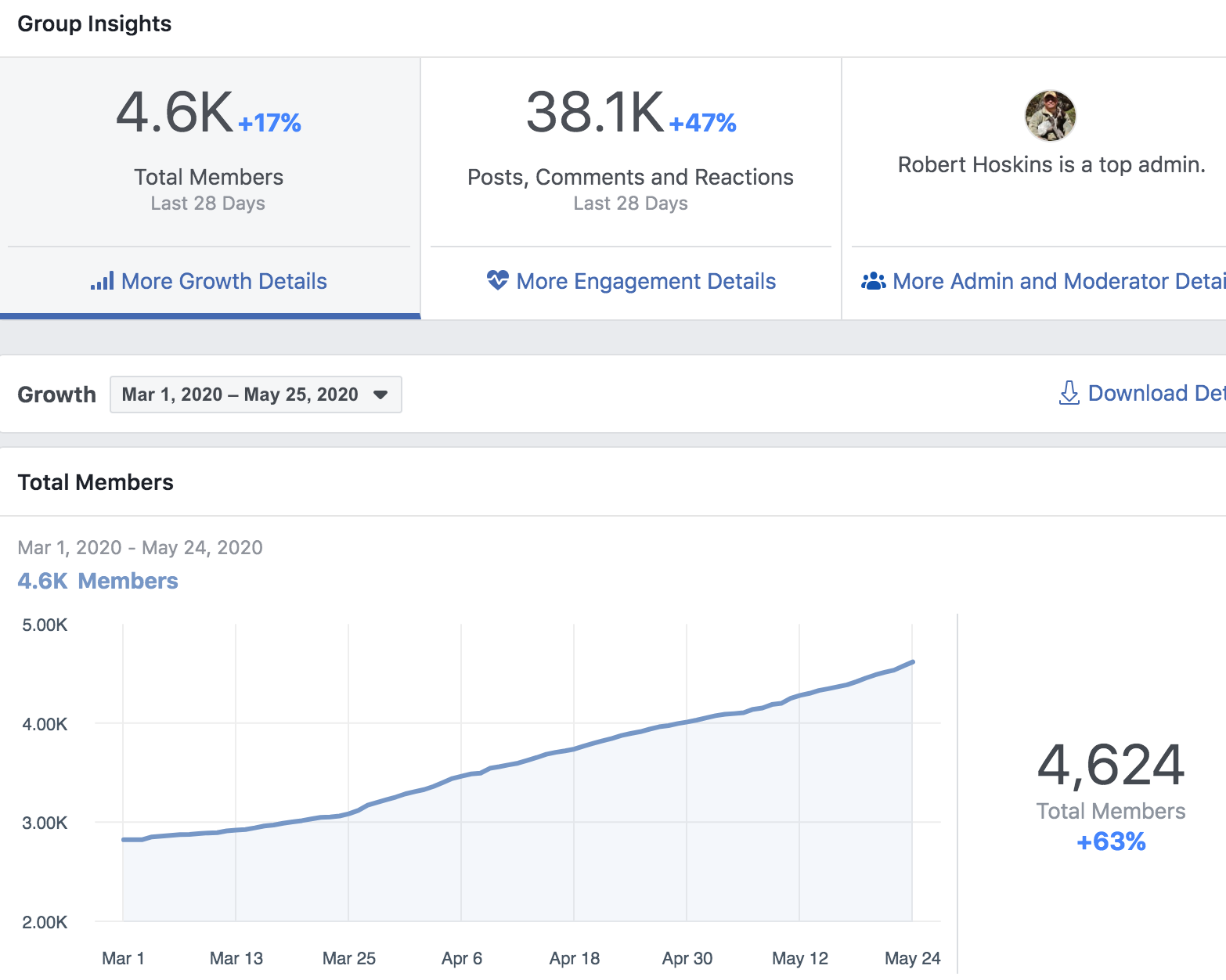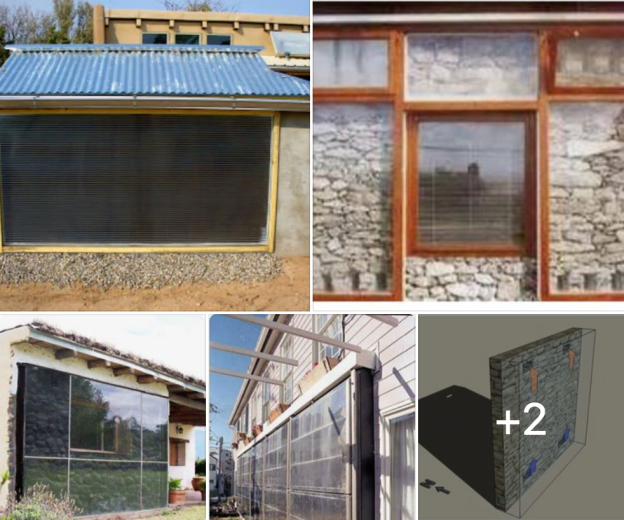Bluetti EB70S Power Station
If you’re tired of sitting in the dark at night, we highly recommend buying a BLUETTI EB70S Portable Power Station | 800W 716Wh in tandem with the Bluetti PV200 4-Panel Folding Solar Panels. The power station comes in several colors, we liked the charcoal grey the best. They are very easy to setup and require no knowledge of solar. Just plug everything together, put the solar panels in the sunshine and presto you have electricity.
Once we placed the order the company shipped the unit and it took around 2 weeks to arrive. It came in two packages, one for the EB70S Portable Power Station and one for the foldable 200-watt solar panels. The packaging was very sturdy. There was an outside box. And the power station was inside another box, which means that regardless of where you live the Bluetti products will show up in pristine condition.
Easy-to-Use
The best news is that you don’t know how to know anything about solar to install or use the free solar electricity it produces. It comes with a short brochure that tells you what every feature is, what its function is as well as how to connect everything together. The whole system in plug-and-play and is super easy to setup up. As the sun travels across the sky from east to the west, you may need to adjust the solar panels to keep them perpendicular to the sun for maximum power production. Always keep the panels pointed directly at the sun when possible. Also note that in the winter, the sun sinks low in the southern sky. Tilting the solar panels up a little bit so that they remain at a 90 degree (perpendicular) to the sun’s rays. You’ll also know that the solar panels are working when they get hot as they begin to produce solar energy.
You will know when to move the solar panels by keeping a close eye on power production. If it power production falls a little bit, check the shadow and readjust the solar panels as necessary. In full sun, our panels produce around 194 watts out of the 200 watts of rated power. Overtime you will learn exactly how much solar UV rays you can expect to capture during the different thicknesses of clouds.
It is always best to keep the EB70S solar power station and solar panels dry and out of the rain. You can store the Bluetti Power Station inside a tent with ePort or in a large waterproof box. The solar panels MC4 connectors are designed with an o-ring to be water resistant, but they are not waterproof. Electricity and puddles of water might cause someone to get accidentally electrocuted.
Easy-to-Setup the Solar Panels & Plug into the EB70S Power Station
It takes about 5 minutes to setup every morning. We found that putting stick in the ground in front of the solar panels, but not throwing any shade on them, will help you place the solar panels perfectly based on the shadow of the stick. Setup the solar panels perpendicular (90-degree angle) to the shadow of the stick.
First, you’ll need to determine which way is south and where the panels will receive full sunlight and zero shade. On the backside of the panels are fold out supports that can be setup at different angles. To start out we chose 45 degrees. Next you fold out the four panels and tilt them back until the fold out legs rest on the earth.
The panels have a cool zip up pouch that allows you to roll up the wiring and keep it tucked away while stored at night. In the morning, unzip the pouch pull out the wiring. Next, there is only one step needed to plug in the solar panels into the Bluetti Portable Power Station/Solar Generator. With both wiring harnesses snapped together there are about 14-ft. of cabling that go from the solar panels to the portable solar power station batteries.
Easy-to-Read Display LCD Panel
Once the panel wiring cables are connected to the Bluetti power station charging cable and the solar panels are folded out and facing south directly to the sun, you can then plug the charging cable into the Input/MPPT 12-28V200-Watt Max charging port.
Instantly you’ll see the LCD display unit light up in blue. As long as you keep in the shade of a tent or the solar panels, the display if very easy-to-read. The display panel shows you how many watts of power are going into the batteries as well as how many watts are being used by everything that is plugged in. You can run in regular or economy mode, which automatically shuts the Power Station down when not in use, very similar to how a laptop or cell phone will power down and go to sleep.
There are two big numbers on the LCD display. The top number shows the input of how much solar power in being imported to charge the batteries of the EB70S power station. The bottom number shows the total of how much energy is being exported to the AC or DC outlets to charge all of the devices that are plugged into the Bluetti power station/solar generator.
The instructions say to keep the Bluetti Power station dry and out of the direct sunlight so we put the power station directly behind the panels in the shade of the panels when charging and when in the sunshine we put white hand towel over the top and sides making sure not to block the vent fans on each side of the power station. Always best to block direct sunshine from shining on the solar power station to keep it cool as possible so that it can generate maximum power possible. Placing the power station in the shade behind the solar panels and on top or inside of a ventilated rubber storage bin works very well.
Solar Power Generation and DC charging/AC Outlets
The front of to Bluetti Portable Power Station is organized into two well-thought-out grouping of wireless charging outlets delineated with white boxes.
One square is for charging DC appliances such as phones, tablets and laptops and has six charging options plus a cigarette lighter charging port. On top of the power station there is also a wireless 15v charger for anything that can be charged with a wireless charging. It also has a ton of different plugs that can be used to charge your gear.
DC Output Power Charging Options for Devices
- Two PD3.0 100-watt plugs
- Two 5V/3A USB plugs
- Two 12V/10A plugs
- One 12V Cigarette Lighter
- One 15V Wireless Charging Pad for Cell Phones
The second square is for Powering AC appliances and has 4 plugs.
AC Output Power Plugs for AC Devices with Pure Sine Wave Inverter
- Two AC 100-120V/800W max output for 2-Prong Plugs
- Two AC 100-120V/800W max output for 3-Prong Plugs
Charging the Bluetti Portable Power Station/Solar Generator
The best way to charge the Bluetti is with the solar panels. But you can also charge it with your car, an AC outlet in a restaurant, bar or any fast food store that provides Wi-Fi, or by using a backup generator.
Charging with the solar panels is the fastest, free way to charge the Bluetti Power Station usually takes around 3 to 4 hours to reach 100% charge. Charging times depend on how many other things the power station is charging up or powering at the same time.
Power Input Options for Charging the Bluetti Portable Power Station
- Solar Power – The fastest way and most convenient way to charge up the Bluetti portable power station is with the solar panels, which can charge the power station in around 3 – 4 hours as long as the sun is out and there are no clouds.
- Home AC Power – If you have the option, you can charge the Bluetti Portable Power Station by plugging it in to your homes AC outlet the night before you go on a camping trip. It is slower and make take 5 hours or more because AC power has to be converted into DC power to charge the batteries.
- Vehicle DC Power – If you forget to charge the Power Station the night before you go on vacation you can also charge it using the vehicles 12v cigarette lighter, which is also very slow, but if you’re going to be driving for several hours why not charge it as long as you can so you start with 100% once you arrive at your off grid property or camping spot? Always remember to unplug the power station or it will drain your vehicle’s battery. Don’t worry if the battery dies. You can charge it back up as soon as the sun comes out.
- Backup Generator AC Power – If you have an off grid generator that generates AC power, you can also charge up the Power Station with a backup generator, but just like a home’s AC power it takes longer than the solar panels.
How We Tested the Bluetti Power Station
The first night, we plugged lower usage devices in one-by-one just to see how much each device used so we . TV, laptop, a heating pad, a heating blanket (75-Watts) and one LED light which lights up our whole tent. When plugging things in one at a time, you can how much power each is using. The only one we weren’t sure of was the TV, but it only used 145-watts.
The first morning, after the solar panels were setup and the sun came up we ran a Mr. Coffee maker to brew a pot of coffee. It used 800-watts while percolating, but then only 200-watts to keep the pot warm. Once the coffee was done and we filled up our thermos, we then plugged in a portable countertop ice maker and made ice until our ice chest was full to the brim with ice, which takes a little while of all the things we liked about testing this setup was the ability to create Off Grid ice. Is very, very convenient not having to drive 50 miles roundtrip to a convenience store every three days to get more ice.
The Bluetti is a game changer when camping, but we see the real value in natural disasters such as hurricanes, tornadoes, or wildfires that destroy the local electricity power grid. Everybody that has refrigerator full of food that will go bad if the electricity is out for more than 1 to 2 days. As long as you have a big ice chest, a portable ice maker, a clean supply of water and a Bluetti portable solar generator, you can make lots of ice.
With a Magic Chef portable countertop ice maker (150-watts), a single batch of ice will take between 7 and 15 minutes to freeze the cubes and drop into the portable ice maker’s storage tank. On average, the countertop portable ice makers can produce up to 35 lbs. of ice every day, as well as store as much as 2 lbs. of ice inside the ice maker. Run this during the day, while the sun is generating maximum power. It won’t take very long to fill up your whole ice chest, when yours is full, you can sell the excess ice to neighbors for a couple of dollars per bag or give it away for free.
If you like cold beer and soft drinks or need to keep lots of food from spoiling while camping or during natural disasters, you should invest in a portable ice maker for sure.
You could easily recoup your investment in Bluetti’s portable solar generator and ice maker by selling ice to your neighbors at $5 a bag when emergency situations present themselves.
DeWalt 20V Battery Pack Powered Tools
We tested the Bluetti Solar Generator to see how well they would do at charge DeWalt batteries for power tools. We tested them with a 20v battery powered DeWalt drill, power impact driver, and a DeWatt heated jacket. We wanted to test a battery powered DeWalt circular saw, but we were unable to get anyone from DeWalt to call us back.
We did not have an actual project to build, so we could not give a real world example of how much solar power would be needed to build a shed, a chicken coop or any other structure. The good news is that regardless of how long it takes, the sun will provide energy to charge batteries day after day. And at a maximum of 200-watts of solar power production you could theoretically charge 10 batteries at once. It took about 2 hours to charge one of the 20v batteries from DeWalt. We tested two battery chargers and three batteries, meaning you could be charging two batteries, while using one to do some work.
Kobalt 80V Battery Back Powered Lawn Tools
We also tested a Kobalt lawn mower, weed eater, hedge trimmer, and a leaf blower. We did not have an electric chainsaw, but wished we had one to test. The amount of power that can be generated by the 80-volt batteries is amazing. It takes a lot longer to charge them, but living off grid you have nothing but time. We really liked being able to pull up to a dispersed camping spot and use the weed eater to carve a perimeter fence line, then used the lawn mower to mow a large 1/4 acre spot. The leaf blower seemed unnecessary, but after collecting firewood and pine needles that were damp, the fire would only smoke and we had a hard time getting lit. However turn on a leaf blower on and blow air into the small amount of coals you have, presto you’ll have a bonfire. It works better than gasoline or lighter fluid and safer too.
How Long Will It Last
The main question most people want to know is what can it charge, how long will it take to charge certain devices like cell phones and laptops and how long does it take for the Bluetti Power Station to recharge
- AC Rated Power – 800-watt with capacity for 1400-watt surge capacity
- Power Inverter – 800-watt pure sine wave inverter
- Battery Rate Capacity – 716-Watt Hours, 2,500 Charge Life Cycles.
- Battery Type – Lithium Iron Phosphate (LiFe-PO4) – long lasting and very safe to use
Net Weight21 lbs for the portable power station and 19 lbs for the fold up solar panels. Very easy to carry by children, women and men.
Dimensions
12.6 x 8.5 x 8.7 inches
Common Loads
- Smart Phone 10-watts – Around 50-60 Charges
- LED Light Bulbs 20-watts – Around 20-30 Hours
- Heated Blanket (lowest setting) 75-watts – Around 7 – 8 Hours
- Televisions 75-watts – Around 7 – 8 Hours
- Electronic Tools 80-watts – 7 – 8 Hours
- Refrigerator 90-watts – 6 – 7 Hours
- Slow Cooker 200-watts – 2 -3 Hours
- Countertop Ice Maker 175-watts – 2 – 3 Hours
- HVAC Mini Split AC/Heating – 500-watts 1 hour, but can run all day in the sun
- Blenders, and many other kitchen appliances
- Drones
Cons/Draw Backs
We didn’t find one single drawback except maybe the EB70S is too small for an Off Grid Living Homestead, but for camping, van life, or natural disaster situations it is the perfect solution. Nothing will give you more confidence than knowing you have a solar generator stored in the closet that doesn’t need any fuel to run, only sunshine. Trust once you see what to solar can do, you’ll definitely want more. The Bluetti Portable Power Station/Solar Generators are the cheapest way to get started with solar. And they are modular, so that you can add more and more solar panels and batteries as your budget allows.
Pros/Advantages
The main advantage of ordering and using a Bluetti Portable Power Station is that everything is prewired and plug and play. This is the perfect solution for learning about solar power. And the good news it that Bluetti Power Stations are highly scalable. Regardless of what your starting budget is, you can alway buy more stack the Power Stations together to increase the watt hours of battery storage as well as increase the surge wattage capacity. They do this so that people can increase the power to sufficiently run a very large household on solar power and batteries.
Where Can You Buy One?
You can buy the setup shown in these pictures for a little over $1,068.00 using this link => https://bit.ly/3Ml9Ngq.

